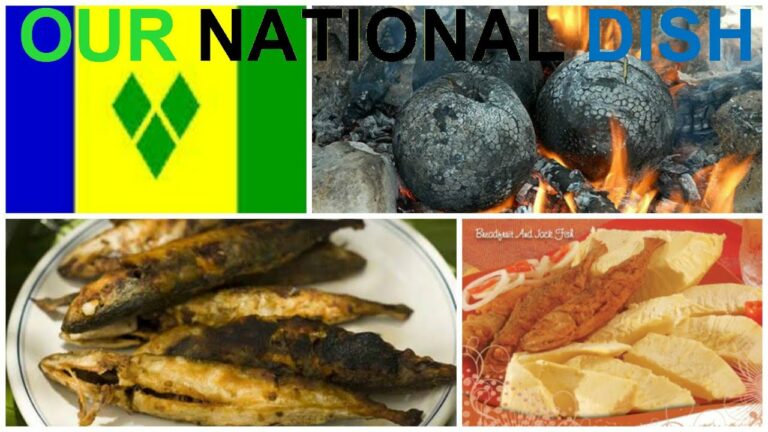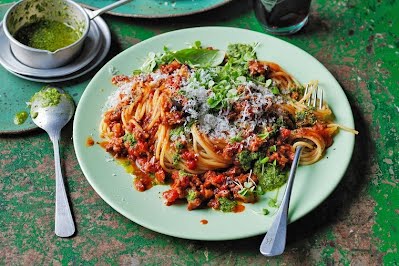Introduction: Discovering Portugal’s Rich Culinary Heritage
Portugal has a rich culinary heritage that reflects its history, geography, and culture. The country’s cuisine is characterized by the use of fresh and high-quality ingredients, such as fish, seafood, meat, vegetables, and fruits, as well as herbs and spices that add flavor and aroma to the dishes.
Portuguese cuisine is also influenced by the country’s former colonies, including Brazil, Angola, Mozambique, and Goa, which have contributed to the diversity and richness of the cuisine. From the iconic bacalhau to the beloved pastéis de nata, Portugal offers a variety of traditional dishes that are worth discovering and savoring.
Bacalhau: The Iconic Portuguese Dish
Bacalhau, or salt cod, is perhaps the most iconic dish in Portuguese cuisine. It is said that there are 365 ways to cook bacalhau, one for each day of the year. Some of the most popular recipes include bacalhau à brás, a dish made with shredded cod, onions, potatoes, and eggs; bacalhau com natas, a creamy dish with potatoes and cream; and bacalhau à Gomes de Sá, a casserole with cod, onions, potatoes, and olives.
Bacalhau has been a staple in Portuguese cuisine since the 16th century, when Portuguese fishermen started to fish for cod in the North Atlantic and discovered that salt was a good preservative. Today, bacalhau is still a popular and beloved dish in Portugal, and it is often served on special occasions, such as Christmas Eve.
Cozido à Portuguesa: The Hearty Stew
Cozido à Portuguesa is a hearty stew that is typically made with a variety of meats, such as beef, pork, chicken, and sausage, as well as vegetables, such as cabbage, carrots, and potatoes. The ingredients are cooked together in a large pot, which gives the stew a rich and complex flavor.
Cozido à Portuguesa is a traditional dish that is often served on Sundays or on special occasions, such as weddings and festivals. It is a perfect dish for cold and rainy days, as it is both warming and comforting. Some variations of the stew include cozido à transmontana, from the Trás-os-Montes region, which includes turnip greens and smoked meats, and cozido à alentejana, from the Alentejo region, which includes bread and beans.
Caldo Verde: The National Soup
Caldo Verde is a simple but delicious soup that is considered the national soup of Portugal. It is made with potatoes, onions, garlic, kale, and chorizo, and it is often served with a drizzle of olive oil and a slice of bread.
Caldo Verde is a popular dish in the colder months, and it is often served at festivals and celebrations. It is a comforting and nourishing soup that reflects the simplicity and elegance of Portuguese cuisine.
Arroz de Marisco: The Seafood Rice
Arroz de Marisco, or seafood rice, is a flavorful and aromatic rice dish that is made with a variety of seafood, such as clams, mussels, shrimp, and squid, as well as onions, tomatoes, and spices, such as saffron and paprika.
Arroz de Marisco is a typical dish from the coastal regions of Portugal, where seafood is abundant and fresh. It is a perfect dish for seafood lovers and a great example of how Portuguese cuisine combines different flavors and textures to create a harmonious and delicious dish.
Pastéis de Nata: The Beloved Custard Tarts
Pastéis de Nata, or custard tarts, are perhaps the most beloved sweet treat in Portugal. They are small tarts made with crispy puff pastry and a creamy custard filling, which is flavored with cinnamon and vanilla.
Pastéis de Nata are a popular snack or dessert, and they are often served with a cup of coffee or tea. They originated in Lisbon, at the famous pastry shop Pastéis de Belém, which still produces the original recipe and attracts thousands of visitors every year.
In conclusion, Portuguese cuisine is a treasure trove of flavors, aromas, and textures that reflect the country’s rich culinary heritage. From the iconic bacalhau to the beloved pastéis de nata, Portugal offers a variety of traditional dishes that are worth discovering and savoring.










